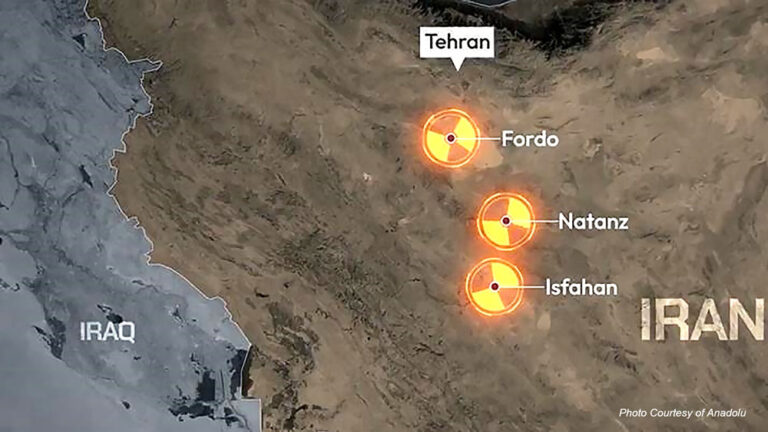The Taliban are closing in on Lashkar Gah, the capital of Helmand province, after a string of gains in recent weeks.
Despite a drastic increase in US airstrikes, militants have captured territory a few miles from the city, blown up bridges leading into town and repeatedly cut off the main highway. On Wednesday the Afghan army rushed reinforcements to Helmand to try to stem the advance.
The inability so far of the Afghan forces to secure a province where more international troops were deployed – and killed – than any other raises concern about their capability and the effectiveness of an international training mission.
The Taliban have seized areas long under government control, taking most of Nad Ali and Nawa districts, on the edge of Lashkar Gah. For years, Nawa was considered one of the safest Helmand districts. On Thursday, government forces said they had pushed the Taliban back from Nawa, but fighting has displaced about 3,000 families, according to Helmand’s refugee department.
“The situation in Helmand is worse than ever,” said Ghulam Sakhi, a local police commander who last week had to surrender his village, Sayedabad, in Nad Ali. Hiding out in Lashkar Gah, he said that in Nad Ali only the police headquarters remained under government control.
In an apparent change of tactics, the Taliban have deployed a new “commando” force of several hundred elite fighters, according to the Associated Press. The Kandahar police chief, who has fought the Taliban for more than a decade, said the commandos were “well-equipped and highly armed”.
Brig Gen Charles Cleveland, spokesman for the international forces in Kabul, said that in the past two weeks US forces had conducted more than 25 airstrikes in Helmand. “Prior to the uptick in Taliban operations in late July, there really weren’t any strikes in Helmand,” he said. The US also has hundreds of troops in the province, deployed six months ago.
Helmand is Taliban heartland and of pivotal, symbolic importance to the western coalition, which concentrated more troops there than anywhere else in the country, despite Helmand housing only about 3% of the population.
Seizing Lashkar Gah would give the Taliban an even bigger propaganda victory than their temporary capture of Kunduz in the north last year.
In the ensuing defence of Kunduz, a US airstrike destroyed a hospital run by Doctors Without Borders (MSF).
On Wednesday, MSF said it had shared GPS coordinates of the 300-bed public hospital it supports in Helmand with all warring parties.
“We are concerned by the evolution of the situation, obviously,” said Guilhem Molinie, MSF’s Afghanistan director, adding that he had relocated a number of non-medical foreign staff but maintained operations.
“The war could reach urban areas that are populated by a lot of civilians,” he said. “The evacuation possibilities of civilians are limited.”
Fleeing Lashkar Gah has become difficult, as the Taliban have repeatedly blocked, mined or ambushed outgoing roads, including the highway to Kandahar.
Lashkar Gah presents a different kind of battleground than Kunduz. Dominated by mostly anti-Taliban tribes, it is believed to be harder for militants to infiltrate.
Col Mohammad Rasoul Zazai, spokesman for the Afghan army’s 215th Maiwand Corps, said: “At the moment, Lashkar Gah is under government control. Before long, we will conduct an operation to push the Taliban back so people can go back to their houses. Capturing Lashkar Gah will be very hard for the enemy.”
What the two cities have in common, though, is a security force struggling to maintain unity. In Kunduz, most government forces fled the city without a fight. In Helmand, pockets of security forces have defected to the Taliban in the heat of battle.
oreover, Helmand’s forces have been beset by accusations of corruption and poor performance. A government investigation this year revealed that at least 40% of enlisted troops in Helmand did not exist. A recent change in leadership in the 215th Corps has failed to deliver tangible security.
Raz Mohammad, a resident of Marjah who fled with his family to Lashkar Gah, said: “Bullets were flying around us 24 hours a day. We couldn’t live in our houses or work in the fields, so we decided to leave our house and properties behind.”
His family is now holed up in an old house in the provincial capital without water or toilet facilities. “If the government forces fight well, Taliban will not capture Lashkar Gah. But if they don’t fight, like they didn’t in Nawa where they left the checkpoints for Taliban, of course the Taliban will capture Lashkar Gah,” he said.
Fighting on another front, the US has also increased airstrikes in the eastern province of Nangarhar, where B-52 bombers were used to target bands of Islamic State fighters. The US commander in Afghanistan, Gen John Nicholson, said the two-week campaign had killed more than 300 Isis militants, including several leaders.(Sune Engel Rasmussen)
Link: https://www.theguardian.com/world/2016/aug/11/afghan-army-reinforcements-taliban-lashkar-gah-helmand



